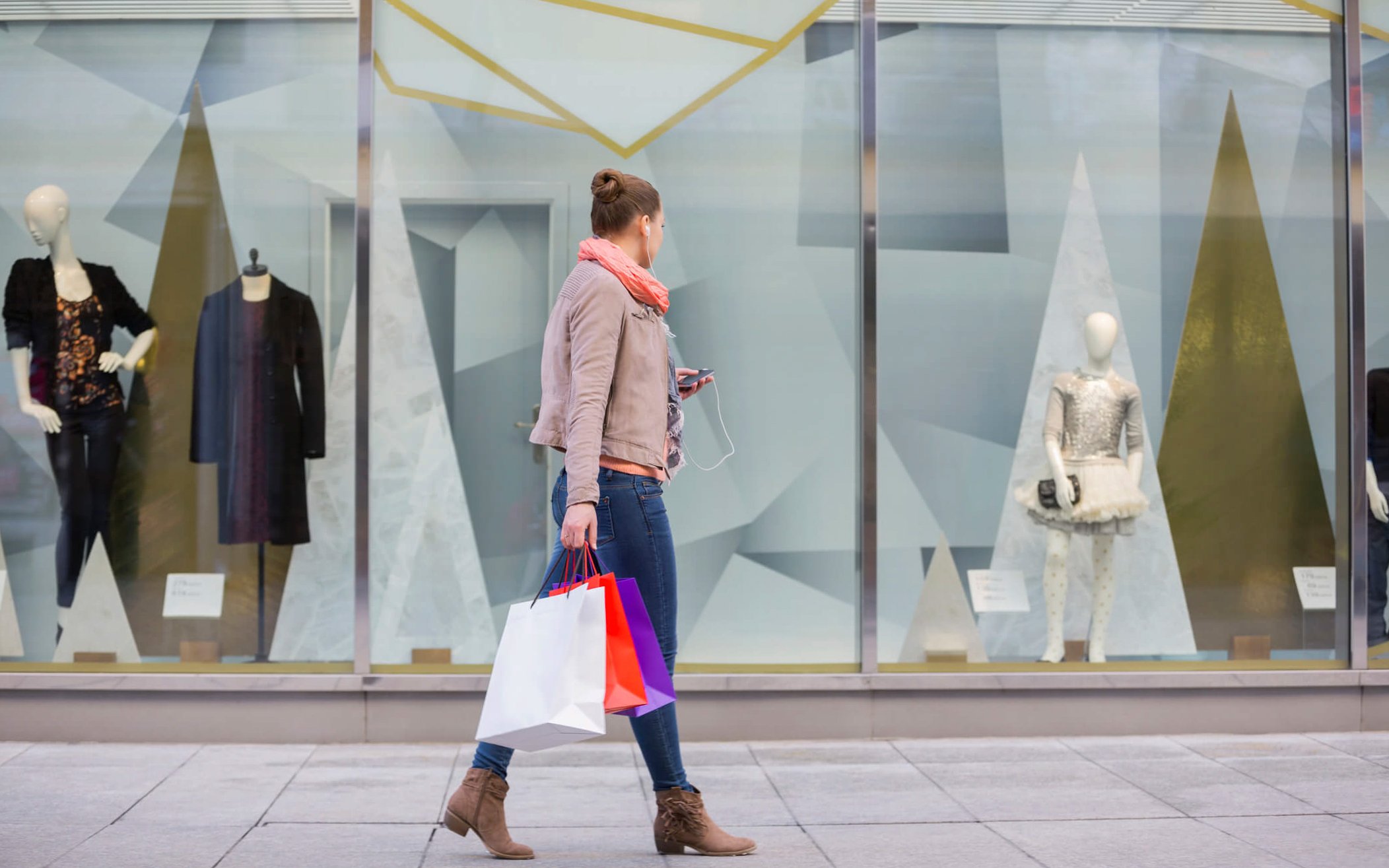
Data can tell you a lot about your online customers: what products they view, which purchases they make, and what their wildest hopes and dreams are. (Okay, we’re not quite there ... yet.) But many brands are flying blind when it comes to understanding their brick-and-mortar customers.
This doesn’t have to be the case. With a few changes to your physical store, you can start gathering data similar to the kind your online store automatically provides, which will allow you to create personalized marketing for in-store customers.
By embracing technologies that make offline data more accessible for your business, your brand will be able to improve engagement with customers across channels. Here are four examples of ways to collect more actionable data from brick-and-mortar.
1. Integrate customer profiles for in-store and online shopping
On average, 80 percent of retail sales still happen in-store. In many cases, that means the bulk of your business data is not easily available to marketing solutions. The point-of-sale is your best resource for collecting this valuable in-store data to drive personalized marketing campaigns and experiences.
With an integrated point-of-sale deployed, in-store data can be accessed in real-time and combined with your online customer profiles to build a more comprehensive picture of who your customers are and what they want from your business. The result is more accurate personalization in the form of product recommendations, promotion offers, and re-engagement strategies once they’ve left the store—such as follow-up emails after a purchase to survey their satisfaction and to recommend additional products they may want.
2. Use beacons to drive and track in-store traffic
In-store beacons are quickly gaining traction as a mainstream in-store technology that bridges the physical/digital divide. These small, inexpensive wireless devices use Bluetooth to communicate with nearby smartphones that have certain retail apps installed, providing a useful two-way relationship between your brand and your customers.
With Bluetooth enabled, shoppers receive push notifications, targeted advertising, and promotions based on their location in a store and/or proximity to certain in-store elements, such as a display of a new line of footwear.
Meanwhile, dwell time and other in-store location data provides important data about the items and categories of products your customers are most interested in. This data can then drive merchandising and personalized content, including retargeting campaign ads. In fact, DTC darling Casper used beacons to target advertising for one of their pop-up stores, increasing visits by nearly 16 percent with an average dwell time of 47 minutes. This great data was able to be attributed to the beacons.
One tip for retailers using this technology: Be transparent with your customers about why you’re using their location information, and give them the option to opt out if they’re uncomfortable. You should also make it clear that you are using the information solely for upgrading your customer experience and won’t sell their information to third parties.
3. Offer augmented experiences that link customers to products
Augmented reality (AR) has seen a number of different applications in retail. IKEA uses augmented reality to let customers test new furniture in their homes before buying. Beauty brands such as Ulta enlist AR experiences to help shoppers sample a wide range of beauty products without applying anything to their skin.
Augmented reality provides a phygital retail experience that collects data about customers’ product and shopping preferences. In exchange for this information, shoppers receive a more intuitive, 1-to-1 shopping experience.
After trying on beauty products at a store, for example, brands can deliver an online survey to shoppers asking what they liked or disliked about a product, or retarget them with special offers for those products across multiple digital channels.
Shopify is making AR widely available to merchants of all sizes, so you can experiment with this technology to see if it resonates with your customers.
4. Use call tracking software to improve attribution and sentiment analysis
Phone calls remain a huge marketing channel for local retailers, especially when consumers find your business listing through a Google search. Customers who call your business are high-intent shoppers with an average conversion rate more than 10 times higher than customers who click over to your website.
But a lot of that phone call activity remains in the dark. Call tracking software is a simple but effective tool to collect offline data that connects phone calls to your overall marketing strategy. You can use this software to improve ROI attribution and even analyze the content and sentiment of phone calls with your customers.
This analysis can help identify common pain points and needs your customers are facing, which you can use to improve your overall customer experience. Meanwhile, a call tracking software solution can help connect phone calls to customer shopping profiles, expanding your available customer data and enabling more personalized marketing and customer service.
We may live in an omnichannel world, but more than 80 percent of retail sales still happen offline. Make brick and mortar your secret weapon by unlocking offline data to drive smarter and more relevant marketing.

